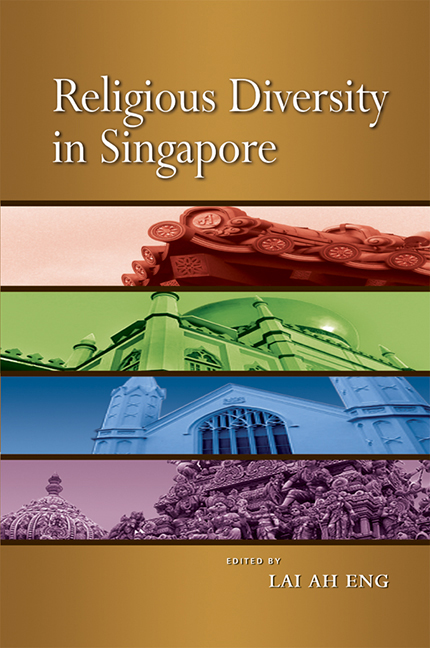Book contents
- Frontmatter
- Contents
- List of Figures and Tables
- List of Appendices
- FOREWORD
- PREFACE
- Acknowledgements
- The Contributors
- Abbreviations
- Glossary
- INTRODUCTION
- PART I The Landscape of Religious Diversity
- PART II Religion in Schools and Among the Young
- PART III Religion in the Media
- PART IV Religious Organizations in Social Services
- PART V Interfaith Issues and Interaction
- Index
FOREWORD
Published online by Cambridge University Press: 21 October 2015
- Frontmatter
- Contents
- List of Figures and Tables
- List of Appendices
- FOREWORD
- PREFACE
- Acknowledgements
- The Contributors
- Abbreviations
- Glossary
- INTRODUCTION
- PART I The Landscape of Religious Diversity
- PART II Religion in Schools and Among the Young
- PART III Religion in the Media
- PART IV Religious Organizations in Social Services
- PART V Interfaith Issues and Interaction
- Index
Summary
The world is experiencing growing religious pluralism amidst rapid globalization. Religious pluralism has two faces: it can promise peace and harmony through mutual tolerance and understanding, but it can also pose challenges to social cohesion. Recent global and regional events and developments have shown how religion can be misused and misinterpreted to cause conflict among countries and peoples, be it through military intervention or incendiary words and actions of zealots. Yet, all religions teach love of humankind, peace and harmony, and share the same golden rules to treat others as one would like to be treated himself and forgive those who have wronged us. Such common religious teachings are now being actively harnessed to nurture harmonious personal and group behaviour for the larger common good of society.
Singapore has long been an example of religious pluralism. Our largely religious population adheres to the tenets of various faiths and an extensive range of religious traditions, customs, expressions and organizations. This overlaps with an equally impressive range of ethnic and cultural diversity. Adding yet another layer to this diversity is the Singapore state which is strongly secular in its administration and yet fully supportive of freedoms to adhere to one's faith. The state also engages with the different religious groups for the purpose of nation-building. I believe that Singapore's experience of religious pluralism, its record of peaceful inter-religious relations and its management of mutual religious recognition could be a useful reference as we deal with the challenges that are apt to influence our society from the growing impact of religious practices and preachings from around the world.
This book is the result of extensive research and a rare collaboration that cuts across religions, disciplines and interests. Its collection of reflective essays provides a range of information, illustrations and insights of Singapore's religious landscape, discusses candidly specific religious issues and developments, and offers suggestions for managing them. It will help to address, to a certain extent, the concern about the need for understanding both the intra-religious and inter-religious tensions that surround us.
I would like to congratulate IPS, especially Dr Lai Ah Eng, the editor of this book, for taking the initiative to address a difficult subject and delivering a seminal volume.
- Type
- Chapter
- Information
- Religious Diversity in Singapore , pp. xv - xviPublisher: ISEAS–Yusof Ishak InstitutePrint publication year: 2008

